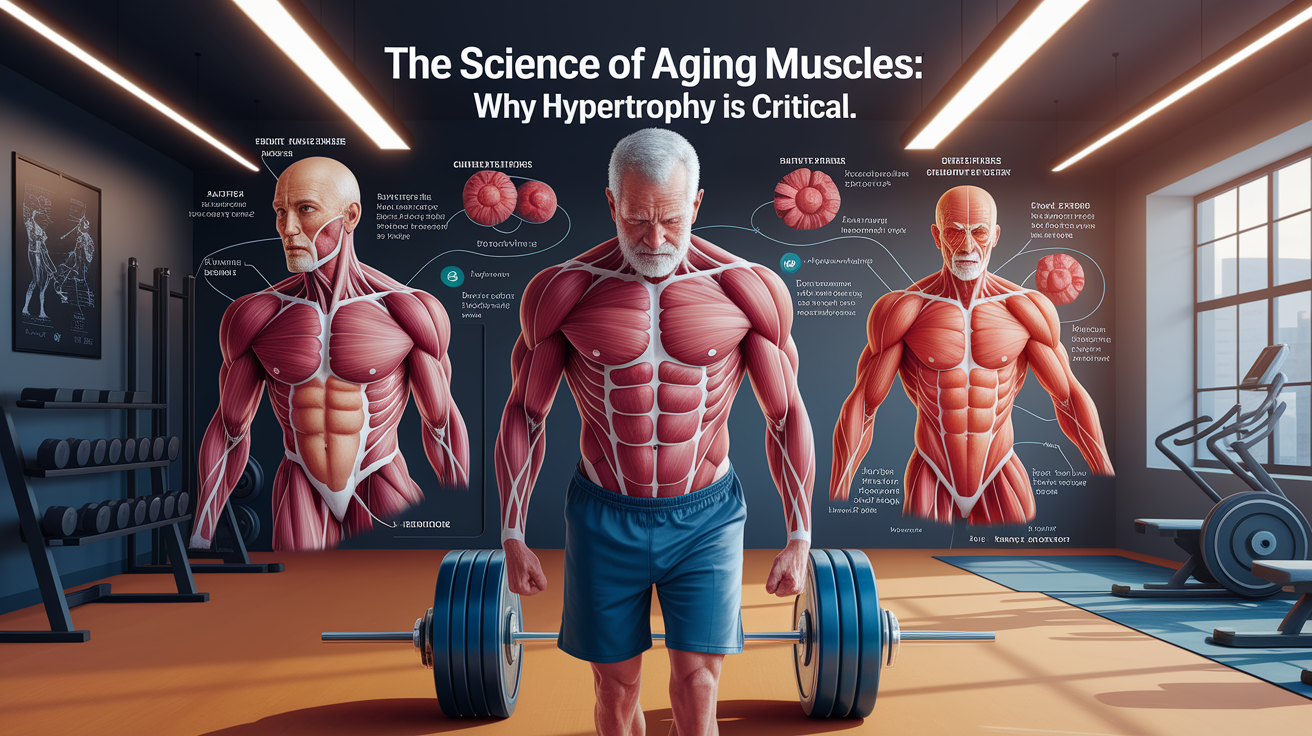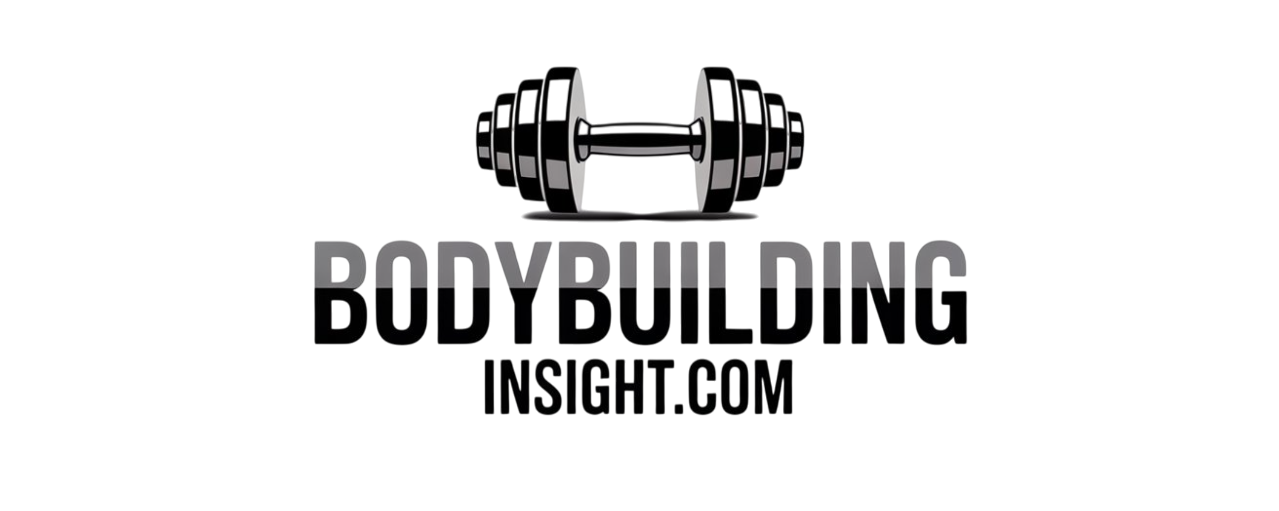Unlocking Hypertrophy Over 50: The Ultimate Programming Blueprint
Unlocking Hypertrophy After 50: A New Beginning
Your best years in the gym don’t have to be behind you. Hypertrophy—the targeted growth of muscle fibers—is not exclusive to younger athletes. With the right blend of science and discipline, aging athletes can rebuild significant muscle mass, strengthen joints, and increase their metabolic vitality. Over 50, the rules change—but the game remains winnable. Focus shifts from chasing short-term records to cultivating long-term strength and functionality, enhancing quality of life while defying age-related decline.

Understanding Search Intent: Core Question and Related Queries
Most people exploring “hypertrophy-over-50-programming” are asking how to gain muscle mass and strength safely and effectively in later decades of life. Related queries include:

- Best hypertrophy program for men over 50
- How to gain muscle mass over 50 years old
- Resistance training frequency over 50
- Progressive overload programming for older adults
- Recovery strategies for muscle building over 50
The Science of Aging Muscles: Why Hypertrophy Is Critical
After age 50, muscle loss accelerates—nearly doubling compared to earlier decades—leading to reduced metabolism, increased osteoporosis risk, and higher incidences of chronic disease. This process, known as sarcopenia, impacts both Type I and Type II muscle fibers, with Type II (fast-twitch) fibers atrophying more rapidly. Strength and hypertrophy training can reverse these changes by increasing cross-sectional area, restoring muscle architecture, and improving tendon stiffness, according to peer-reviewed research. Maintaining muscle mass supports metabolic health, mobility, and functional strength—critical for independence and longevity.

Core Principles of Hypertrophy Programming for 50+
To maximize muscle growth while preserving joint health and recovery capacity, your approach must prioritize the fundamentals:
- Progressive Overload: Gradually increase resistance, volume, or time under tension to continually challenge muscles.
- Training Frequency: Schedule 2–3 resistance sessions per week with at least 48 hours of recovery between similar muscle groups.
- Compound Exercises: Squats, presses, rows, and pulls recruit large muscle groups and stimulate maximal adaptation.
- Controlled Eccentrics: Slow lowering phases enhance muscle damage stimulus for hypertrophy without high joint stress.
- Mobility & Warm-Up: Prepare joints and soft tissues to reduce injury risk.
Older athletes benefit from moderate training volumes—2–3 sets per exercise, 8–15 reps—paired with deliberate recovery management, as recommended in NIH guidance.
Crafting Your Personalized 50+ Hypertrophy Plan
Step 1: Assess Your Baseline
Evaluate current strength, mobility, and any chronic conditions. Screen for joint limitations or cardiovascular factors that may influence programming.
Step 2: Select Core Movements
Prioritize multi-joint lifts that match your abilities:
- Lower body: Goblet squat, leg press, Romanian deadlift
- Upper body: Bench press (barbell or dumbbell), lat pulldown, seated row
- Auxiliary lifts: Biceps curls, triceps extensions, lateral raises
Step 3: Program Structure
Example 3-day split:
- Day 1 – Lower Body + Core
- Day 2 – Upper Push + Mobility
- Day 3 – Upper Pull + Conditioning
Step 4: Progress Tracking
Increase load or reps when you can complete all prescribed sets/reps with proper form. Reassess every 4–6 weeks.
Nutrition and Recovery: Fueling Muscle Growth Over 50
Muscle growth depends on muscle protein synthesis, driven by diet and training. Older athletes experience anabolic resistance, meaning they require more protein per meal to stimulate growth. Aim for 0.8–1.0 grams of protein per pound of bodyweight daily, distributed over 3–5 meals, each containing 25–40g of high-quality protein.
- Carbohydrates: Support training intensity and recovery; choose whole-food sources for sustained energy.
- Healthy Fats: Aid hormonal balance, including testosterone and growth hormone optimization.
- Hydration: Essential for performance and recovery.
Recovery must be strategic—prioritize sleep (7–9 hours nightly), low-intensity mobility work, and active rest days to reduce systemic fatigue.
Safety First: Injury Prevention and Modifications
With age, connective tissues recover more slowly and joint mobility can decline. Implement these safeguards:
- Warm-Up Thoroughly: 10–15 minutes of dynamic movement before lifting.
- Technique Over Load: Prioritize form to avoid overstressing joints.
- Use Moderate Loads: Train in an RPE 7–9 range but reduce load if discomfort arises.
- Flexibility Training: Incorporate stretching and mobility drills post-session.
When conditions like osteoarthritis are present, adapt with machine-based movements or controlled ranges of motion as recommended in the Human Kinetics training overview.
Frequently Asked Questions
How often should I train for muscle growth after 50?
2–3 resistance sessions weekly, targeting all major muscle groups, is optimal.
What are the best exercises for building muscle over 50?
Compound lifts like squats, presses, rows, and deadlifts—modified to suit joint health—form the foundation.
How long does it take to build muscle after age 50?
Visible changes can occur within 8–12 weeks when training and nutrition are aligned.
Should I train differently for hypertrophy after 50?
Yes, focus more on recovery time, joint safety, and moderate volumes while still applying progressive overload.
How much protein do I need?
0.8–1.0 grams per pound of bodyweight daily, ideally spread evenly across meals.
What recovery time do I need between workouts?
Allow at least 48 hours between sessions targeting the same muscle group.
Taking Action: Your Hypertrophy Journey Starts Today
Building muscle after 50 requires discipline and commitment—but the returns are immense. By aligning evidence-based programming, targeted nutrition, and recovery strategies, you not only reverse muscle loss but also reclaim metabolic health, posture, and confidence. Start with the fundamentals. Progress patiently. And remember: strength is built in deliberate steps, not in a rush.







